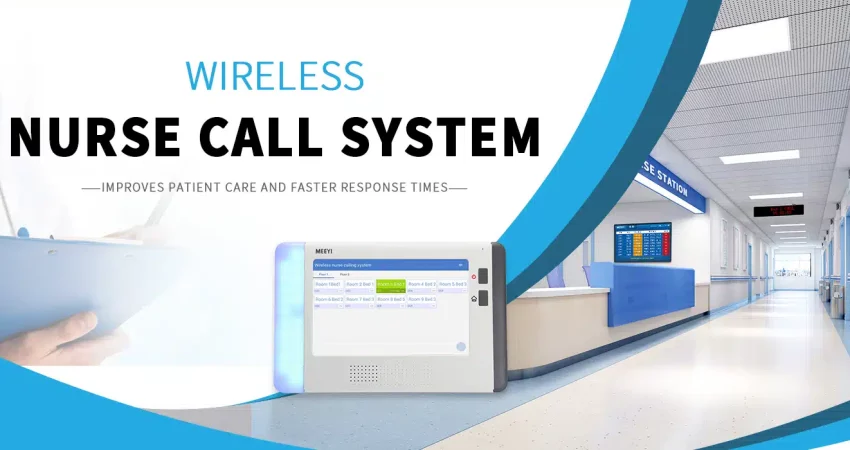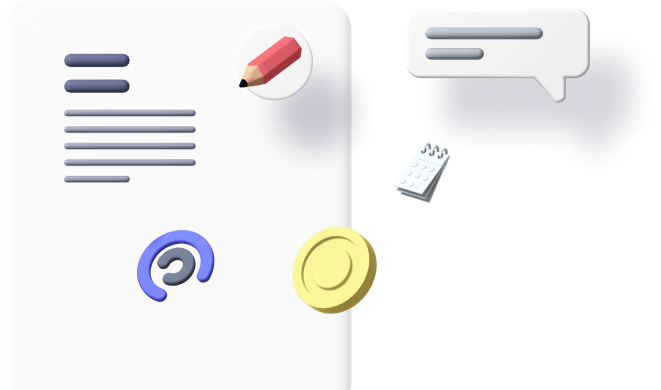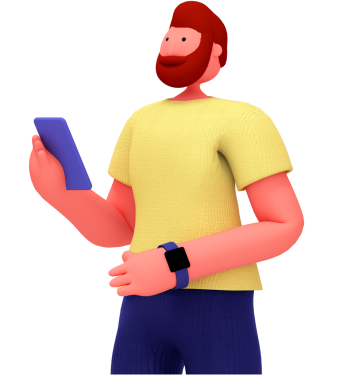
Effective communication in healthcare settings is crucial for ensuring patient safety and satisfaction. One of the most significant advancements in this area is the implementation of wireless nurse call systems for hospitals. These systems enhance communication between patients and healthcare providers, leading to improved patient outcomes and experiences. In this article, we will explore how wireless nurse call systems work, their benefits, and how they transform patient communication in hospitals.
Understanding Wireless Nurse Call Systems
A wireless nurse call system is a communication tool that enables patients to alert healthcare staff when they need assistance. Unlike traditional wired systems, wireless systems use radio frequency or Wi-Fi technology to transmit alerts, ensuring that communication is quick, efficient, and reliable.
Key Components of Wireless Nurse Call Systems
- Patient Call Buttons: Patients can use simple call buttons located at their bedsides to notify nurses when they require assistance. These buttons are often designed for easy accessibility.
- Wireless Transmitters: When a patient presses the call button, a wireless transmitter sends an alert to the nursing station or directly to the mobile devices of on-duty staff.
- Mobile Devices: Nurses and healthcare professionals can receive notifications on mobile devices, such as smartphones or tablets, allowing them to respond quickly, regardless of their location within the hospital.
- Centralized Monitoring Stations: These stations display patient alerts in real time, enabling staff to manage requests efficiently.
Benefits of Wireless Nurse Call Systems
1. Enhanced Communication
One of the primary advantages of a wireless nurse call system for hospitals is the enhancement of communication between patients and staff. Patients can easily alert nurses without having to wait for someone to enter their room or call for help. This immediacy fosters a sense of security and comfort, allowing patients to feel more in control of their care.
2. Increased Response Times
With wireless systems, healthcare providers receive alerts instantly, enabling them to respond more quickly to patient needs. Faster response times can significantly improve patient satisfaction, as timely assistance is a crucial factor in the overall hospital experience. For example, if a patient is in pain or requires assistance, a quick response can alleviate distress and prevent complications.
3. Improved Patient Safety
Patient safety is a top priority in healthcare settings. Wireless nurse call systems contribute to safety by ensuring that help is readily available when needed. These systems can also be integrated with monitoring devices that track patient vitals, allowing staff to receive alerts for emergencies even when they are not physically present with the patient.
4. Flexibility and Mobility
Unlike traditional wired systems, wireless nurse call systems offer flexibility and mobility. Healthcare providers can move freely throughout the hospital without losing connectivity. This mobility allows nurses to attend to multiple patients efficiently, optimizing their workflow and ensuring that they remain responsive to patient needs.
5. Data Collection and Analytics
Modern wireless nurse call systems often come equipped with data collection capabilities. Hospitals can track response times, call frequencies, and patient interactions, providing valuable insights into staff performance and patient care. This data can be used to identify areas for improvement, optimize staffing levels, and enhance training programs.
6. Patient Empowerment
Wireless nurse call systems empower patients by giving them a direct line of communication with their healthcare providers. Patients who feel heard and valued are more likely to engage in their care plans, leading to better health outcomes. Furthermore, patients can often customize their call buttons to address specific needs or preferences, enhancing their overall experience.
7. Integration with Other Systems
Many wireless nurse call systems can integrate with other hospital technologies, such as electronic health records (EHR) and patient management systems. This integration allows for a more holistic approach to patient care, as nurses can access relevant patient information when responding to calls. For instance, if a patient alerts a nurse about pain, the nurse can quickly check the patient’s medical history and medication records before providing assistance.
The Impact on Patient Experience
The implementation of wireless nurse call systems has a profound impact on patient experience in hospitals. Here are some ways these systems enhance the patient journey:
1. Reduced Anxiety
Patients often feel anxious during hospital stays, especially if they are unsure about how to communicate their needs. Wireless nurse call systems alleviate this anxiety by providing a straightforward and reliable method for patients to seek help. Knowing that assistance is just a button press away can significantly reduce stress levels.
2. Personalized Care
With the ability to respond quickly to patient requests, healthcare providers can offer more personalized care. Staff can engage with patients more effectively, addressing their individual needs and preferences. This personalized attention fosters a positive patient-provider relationship, further enhancing the overall experience.
3. Streamlined Workflow
For healthcare providers, the streamlined workflow that wireless nurse call systems facilitate allows them to manage their time more effectively. Nurses can prioritize calls based on urgency and respond accordingly, ensuring that all patients receive appropriate care in a timely manner.
4. Enhanced Communication Among Staff
Wireless systems not only improve communication between patients and nurses but also enhance collaboration among healthcare teams. Alerts can be shared among multiple staff members, allowing for coordinated responses to patient needs. This teamwork is vital for delivering high-quality care.
Challenges and Considerations
While wireless nurse call systems offer many benefits, there are also challenges to consider:
- Technology Dependence: Hospitals must ensure that their wireless networks are reliable and secure to prevent communication failures.
- Training and Implementation: Staff must be adequately trained to use the new system effectively. Resistance to change can hinder the successful adoption of new technology.
- Cost: Implementing a wireless nurse call system can be a significant investment, and hospitals must weigh the costs against the potential benefits.
Conclusion
Wireless nurse call systems for hospitals are transforming the landscape of patient communication and care. By enhancing communication, improving response times, and empowering patients, these systems play a vital role in fostering a positive healthcare environment. As hospitals continue to embrace technology, the integration of wireless nurse call systems will be essential for ensuring patient safety, satisfaction, and overall well-being. Investing in these systems not only benefits patients but also enhances the efficiency and effectiveness of healthcare providers, ultimately leading to better health outcomes.















